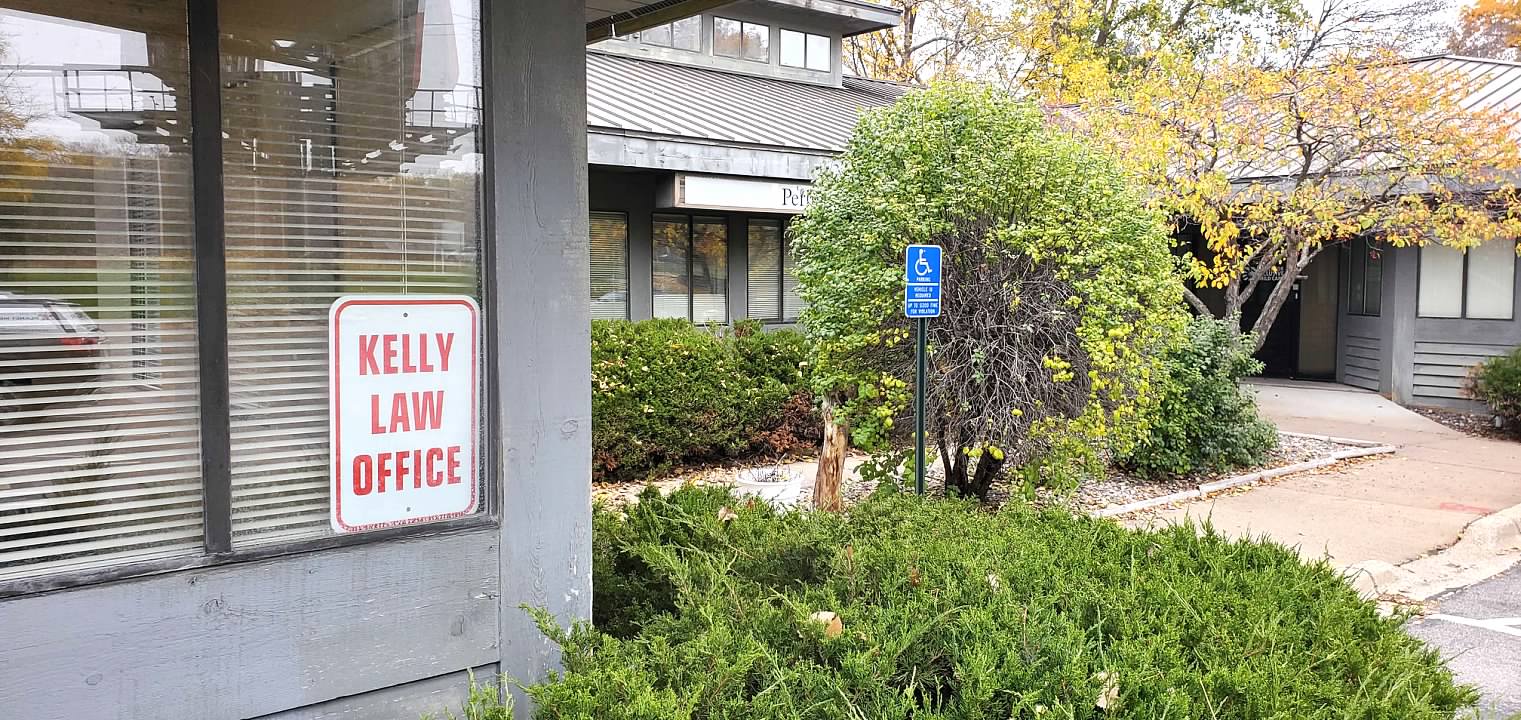 Just learned that the US Trustee’s Office is issuing new median income numbers effective May 1st. They are going up for all household sizes. This is a good thing.
Just learned that the US Trustee’s Office is issuing new median income numbers effective May 1st. They are going up for all household sizes. This is a good thing.
Please keep in mind that I’m only talking here about the figures for Minnesota.
For a household of one, the present number is $46,161, but after May 1st it will be $47,618. For a household of two it goes from $61,170 to $63,101. For household of three it increases from $71,784 to $74,050, and for household of four it goes from $84,251 to $86,910.
For every additional family member in addition to four, add another $7,500.
I thought right away of one person who I had just spoken with who was discouraged over being just a little over the median. So I called that person just now with the news that now the family is probably a bit under the median.
In case you are wondering, the big deal is that as long as your income is under the median, you can avoid being subjected to what can sometimes be a very difficult means test.







